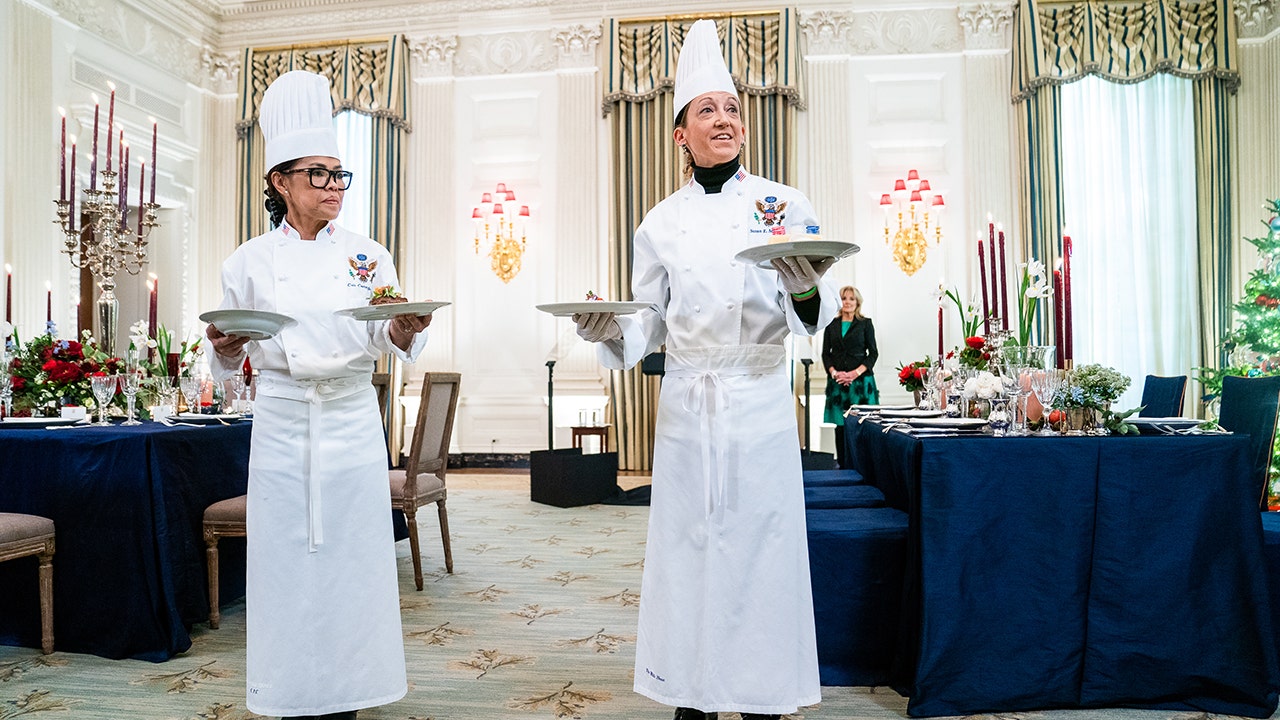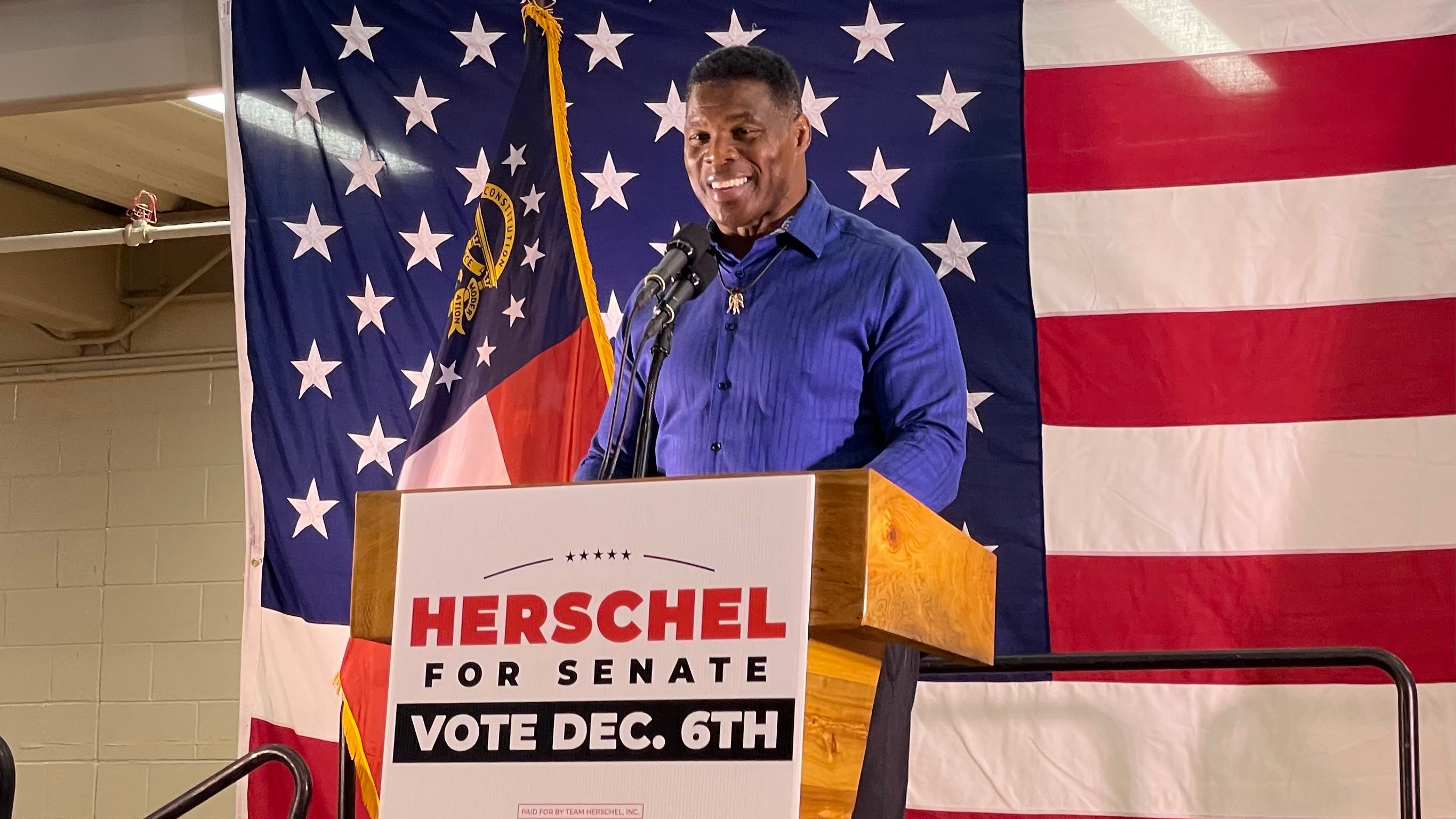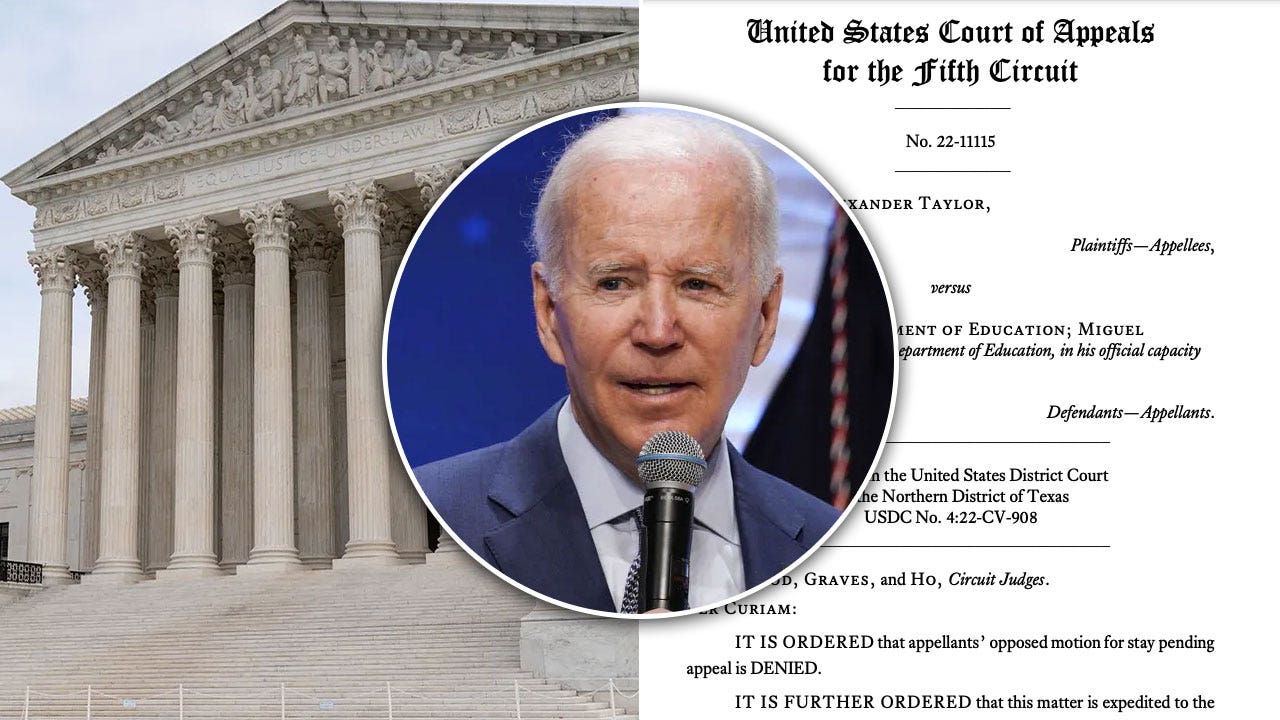Every year, the judiciary hears and rules on the biggest cases that can have long-lasting impacts on American life and jurisprudence — and year-in-review” target=”_blank”>2021<
U.S. v. Tsarnaev
First on the list is the high-profile case involving the sentence of Boston Marathon bomber Dzhokhar Tsarnaev. Tsarnaev had originally been sentenced to death for the 2013 attack that killed three people and caused hundreds of injuries, but the First Circuit Court of Appeals ruled in July 2020 that the sentence should be vacated.
The First Circuit’s ruling pointed to the trial court’s failure to have prospective jurors asked about the specifics of what news reports they had seen about the case, and the refusal to allow what the defense believed would be mitigating evidence related to the role Tsarnaev’s brother may have played in a separate triple-murder case. The Justice Department argued before the Supreme Court that the jury selection process was thorough, and that the district court properly exercised its discretion when it came to deciding what evidence to allow.
The DOJ is pushing for the Supreme Court to reinstate the death penalty. They began arguing for this during the Trump administration, and continue to do so despite President Biden going on record as being against federal executions.
Carson v. Makin
The next case on the list is among the most recent ones — a matter involving Maine’s school choice program, which provides government funding for parents to send their children to private school if there is no local public option. The program excludes religious schools from eligibility, which the plaintiffs claim is unconstitutional discrimination.

(supremecourt.gov)
During oral arguments earlier this month, several justices appeared to sympathize with the parents who brought the lawsuit, with Chief Justice John Roberts stating that Maine was “discriminating among religions based on their beliefs,” by not allowing parents to choose a religious school if they want to participate in the program.
Even Justice Stephen Breyer appeared to agree that the program was discriminatory, but he defended it nonetheless, claiming that allowing funding for religious schools could expose the state to legal problems in the future regarding decisions like who to hire.
2021 IN REVIEW: BIGGEST COVID-19 BREAKTHROUGHS
Fulton v. City of Philadelphia
Next up is another religious freedom case where a Catholic organization in Philadelphia won a dispute over the city’s refusal to contract with them unless they certify same-sex couples as foster parents.
In a June ruling, the Supreme Court unanimously ruled in favor of Catholic Social Services.
“CSS seeks only an accommodation that will allow it to continue serving the children of Philadelphia in a manner consistent with its religious beliefs; it does not seek to impose those beliefs on anyone else,” Chief Justice John Roberts wrote in a majority opinion. “The refusal of Philadelphia to contract with CSS for the provision of foster care services unless it agrees to certify same-sex couples as foster parents cannot survive strict scrutiny, and violates the First Amendment.”
NCAA v. Alston
Also in June, the Supreme Court unanimously ruled in favor of collegiate athletes, deciding that the NCAA cannot bar colleges and universities from offering education-based incentives to student athletes.
 Video
Video
The court’s opinion, authored by Justice Neil Gorsuch, made clear that the athletic organization can still enforce rules that forbid schools from paying students salaries or giving them outlandish gifts to lure them to their programs. Justice Brett Kavanaugh, in a concurring opinion, argued that even those restrictions might run afoul of antitrust laws.
“The NCAA’s business model would be flatly illegal in almost any other industry in America,” Kavanaugh said.
Whole Woman’s Health v. Jackson
The addition of Justice Amy Coney Barrett to the Supreme Court, giving conservatives a 6-3 majority, led to expectations that the court might overturn Roe v. Wade if given the opportunity. Texas then enacted a bill that bans abortion once there is a fetal heartbeat, which is typically at about six weeks into a pregnancy.
That bill ignored the legal standard that protects abortion rights before fetal viability, which is at roughly 23 to 24 weeks into a pregnancy.
 Video
Video
The Supreme Court’s role here, however, was not to determine whether or not that part of the bill is illegal. Instead, they addressed another controversial part of the bill, which says government officials cannot enforce the law, and that private citizens can by suing people who perform abortions. The law says that those who bring successful claims may be awarded at least $10,000 per case.
What the high court did consider was whether abortion providers could bring their lawsuit against state medical licensing officials, as well as state judges and clerks. The Supreme Court said they could not sue the judges and clerks, but that the lawsuit can move forward against other defendants. In the meantime, the law remains in effect.
New York State Rifle & Pistol Association Inc. v. Bruen
The Second Amendment case argued before the court in November could potentially have a massive impact on gun rights in the U.S. At issue is New York’s concealed carry licensing procedure, which requires applicants to demonstrate a “proper cause” for needing one. Officials can – and do – deny applicants if they do not present a specific enough reason, making it very difficult to obtain a license.
“Why isn’t it good enough to say I live in a violent area and I want to defend myself?” Justice Brett Kavanaugh asked.
While a broad ruling against New York could greatly expand Second Amendment rights by allowing people to bear arms outside the home. Based on the questions asked during oral arguments, however, a narrower – yet still significant – ruling appears more likely.
Conservative justices indicated that it would be reasonable to have limits on where one could bring a concealed firearm.
The court appeared to accept the state’s argument for continued individualized discretion to enforce “sensitive place” weapon restrictions in areas such as college campuses, concert or sporting event venues and places where alcohol is served. Even attorney Paul Clement, taking the side of gun owners, acknowledged that such restrictions could potentially be acceptable.
Potentially the biggest Second Amendment case in more than a decade, New York State Rifle & Pistol Association Inc. v. Bruen will likely not be decided until June 2022.
California v. Texas
In a 7-2 decision, the Supreme Court said that 18 states led by Texas did not have standing to bring a claim that had threatened the future of the Affordable Care Act, commonly known as ObamaCare.
 Video
Video
After the penalty tied to ObamaCare’s individual mandate was lowered to zero under the Trump administration, Texas and other states argued that it could no longer be legally justified as being tied to Congress’s taxation power and was therefore unconstitutional. The high court did not even rule on that issue, instead determining that the 18 states could not properly make the challenge.
The case, which was heard by the court days after the 2020 election, was cited by Democrats as a reason why they should not confirm Justice Amy Coney Barrett, who was nominated by then-President Donald Trump weeks before Election Day. A number of Democratic lawmakers insisted that Barrett would be a key vote in eliminating Obamacare. Instead, she was among the majority that kept it alive.
Brnovich v. Democratic National Committee
This case, involving Arizona’s election security measures, is perhaps the most significant case to be decided all year, as it has already set the stage for other states to pass voting laws that can impact the 2022 midterm elections.
The Supreme Court upheld Arizona’s rules, which restricted ballot harvesting and the submission of provisional ballots outside of one’s home precinct, following a challenge from the Democratic National Committee.
In a 6-3 decision, the court ruled that neither the policy requiring provisional ballots to be completely disregarded if submitted at the wrong precinct nor the law making it a felony to submit another person’s ballot (with limited exceptions) violate Section 2 of the Voting Rights Act. The decision overturned a ruling by the Ninth Circuit Court of Appeals.
 Video
Video
“Having to identify one’s own polling place and then travel there to vote does not exceed the ‘usual burdens of voting,'” Justice Samuel Alito wrote in the court’s opinion regarding the provisional ballot rule. “On the contrary, these tasks are quintessential examples of the usual burdens of voting.”
The DNC claimed that both rules were discriminatory against minorities, but Alito – recalling findings by the district court in the case – said there was no evidence to back this up.
Regarding the ballot harvesting restriction, Alito wrote that the plaintiffs in the case “were unable to provide statistical evidence” that the law even had a disparate impact on minorities, and that they only had witnesses testifying that people in disadvantaged areas were more likely to use third parties, and that minorities are disproportionately living in such areas.
“As with the out-of-precinct policy, the modest evidence of racially disparate burdens caused by HB 2023, in light of the State’s justifications, leads us to the conclusion that the law does not violate §2 of the VRA,” the court said.
Dobbs v. Jackson Women’s Health
A Mississippi law banning most abortions after 15 weeks of pregnancy has resulted in a case that has the future of Roe v. Wade hanging in the balance.
Existing Supreme Court precedent from Roe and Planned Parenthood v. Casey prohibits banning abortion before fetal viability, and December’s oral arguments in Dobbs v. Jackson Women’s Health featured much discussion over the possibility of eliminating the viability line. This would mean all abortion restrictions – regardless of when in pregnancy they would apply – would be evaluated on whether they place an undue burden on a woman’s right to get an abortion.
Attorneys on both sides of the case pointed to how difficult it would be to apply the undue burden test without the viability line, but while conservative justices appeared open to allowing abortion bans before viability, they seemed less inclined to scrap Roe v. Wade completely.
 Video
Video
Justice Sonia Sotomayor noted that a woman’s right to get an abortion has been “clearly set” and never challenged since Casey, and how over 50 years there have been 15 justices who ruled in favor of a right to abortion compared to four against, and that the sponsors of the Mississippi law came right out and said they were introducing the bill because there are new justices on the high court.
“Will this institution survive the stench that this creates in the public perception … that the Constitution and its reading are just political acts?” she asked.
Justice Amy Coney Barrett pointed to how Casey “very explicitly took into account” public reaction. She asked if there should be a special standard for overturning cases of particular importance.
CLICK HERE TO GET THE FOX NEWS APP
Justice Stephen Breyer, referencing Barrett’s words, warned that in watershed cases where people are “really opposed on both sides,” no matter how the court rules there will be accusations of politicization.
“That’s what kills us as an institution,” he said, arguing that if the court is going to overturn such a case, “you better be damn sure that the normal stare decisis” elements are analyzed with a clear conclusion that the case warrants overturning.
 Iktodaypk Latest international news, sport and comment
Iktodaypk Latest international news, sport and comment




